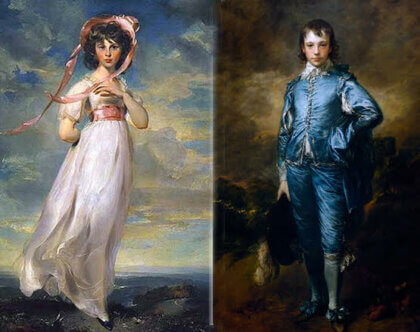
Chapter 4: 104 Green Street — A long linoleum hall led to the staircase and wood banister that the kids rode halfway to the bottom when our parents weren’t in sight. I got down the stairs by falling. In the living room, white antimacassars and arm protectors rested on the maroon chesterfield and overstuffed armchair. In the corner stood the upright RCA radio/record cabinet. It was the center of evening family activity, everyone sitting around the radio listening to Fibber McGee and Molly, George Burns and Gracie Allen, and Amos ‘N Andy. Mom loved Jack Benny and Bob Hope. Dad loved Edgar Bergen. The kids’ favorites were The Shadow, Inner Sanctum, and The Lone Ranger, galloping away with his Indian sidekick, Tonto.
The dining room, like many in the 1940s, had pictures of Pinkie and Blue Boy, and The End of the Trail, a lithograph of James Earle Fraser’s lone Indian warrior on his weary horse, their defeated profile frozen in time. There was a large mahogany table and Mom’s old-fashioned highboy where she stored her white Irish table linens, unfinished sewing projects, my flannel diapers, and her foil-wrapped U-NO candy bars that she hid behind the velvet-lined silverware chest. I don’t know why she bothered hiding them; they tasted like chocolate-covered chalk.
The wide porch ran on three sides. The enclosed back portion stored the mangle where Carleen ironed sheets and pillowcases and where Mom had one of the first electric washers and dryers in town. Dad put up pantry shelves with doors where she kept her canning: fruits from the trees in the yard, vegetables from her garden, field mushrooms (she and the kids hunted for them behind the hill at the grammar school), and homemade spaghetti sauce and chili.
The giant elm tree out front was a hundred years old with a canopy so thick that even when it poured you stayed dry under it. To the left flowed Sonora Creek, a small tributary of Wood’s Creek where the first big nuggets of gold were discovered in Sonora’s veins. It was filled with huge leopard frogs, rainbow trout, and wild blackberries until the early fifties, when that section of pristine waters became slick with oil and car fluids dumped directly into it through a waste pipe from the Central Garage. Alongside the house were fruit trees: cherry, plum, a pear, apple, peach, and a huge black fig. On the side was Mom’s victory garden. She loved the smell of the soil when she worked at her planting.
Mom raised chickens, though you weren’t supposed to keep them if you lived inside the city limits. They were family’s source of meat during the war, and she sold the eggs or traded them for flour and sugar. When she butchered the hens, Betty collected the chopped off heads as the headless Leghorns chased Claudia, screaming around the yard. Mom put the bodies in a big pan of boiling water to soften the feathers and Larry and Carleen had to pluck and clean them. It was Larry’s job to clean the metal chicken house. He hated it. Between the chicken droppings and musty feathers, he could barely breathe. When the rooster crowed before daybreak, Dad got the hatchet and whacked off its head. Each Thanksgiving we got a live turkey, and Mom raised ducks too, but they flew away every year.
To be continued…

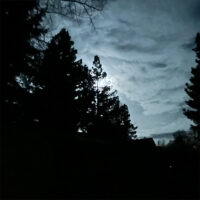
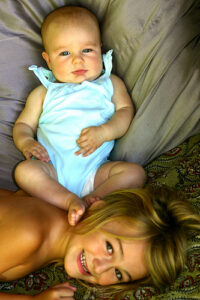
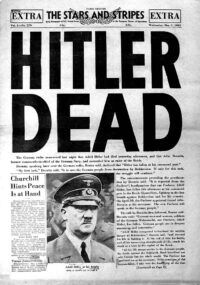
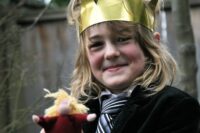
I remember seeing the original Pinkie and Blue Boy paintings (and they are big) in the Huntington Library and Art Museum in San Marino.